What happens when a bot is more than a bot? When living in a society of quick HR hiring and remote work preview, HR sentient spores are undergoing changes as responsive tools to compassionate digital associates. However, will something that is automated ever be believably human?
Designing With Empathy, Not Just Efficiency
Behind every HR question is a person—confused, anxious, curious. Traditional bots often overlook that. The goal isn't just to give answers but to acknowledge emotion, tone, and timing.
An HR bot must be more than a script. It should:
● Recognize natural language
● Respond with appropriate emotion
● Handle sensitive issues with care
● Know when to escalate to a human
When bots pause, ask follow-up questions, or soften harsh answers, they mirror how real HR reps speak. That subtle difference? It changes everything.
Building Bots That Listen
Many HR bots are trained to answer. Few are trained to listen. Listening, digitally, means understanding beyond keywords.
Language Matters
Tone and phrasing impact trust. A cold “Form not submitted” vs. “Looks like something went wrong—mind trying again?” makes a world of difference.
Memory Builds Connection
Bots that remember a user’s past interactions (securely) make future ones smoother. The goal? A digital version of, “As we discussed last time…”
Space to Vent
HR queries aren’t always transactional. Sometimes, they’re emotional. Adding open-ended
prompts like:
● “Want to tell me more?”
● “Would you like help from someone on the team?”
...invites vulnerability, and that’s powerful.
Designing for the Unsee
Not every user has fast Wi-Fi, perfect English, or neurotypical communication patterns. A good
HR bot sees those gaps.
Key features that support inclusivity:
● Voice-to-text and text-to-voice options
● Multilingual support
● Dyslexia-friendly fonts
● Simplified sentence structures
Every employee deserves help that meets them where they are. Bots must reflect that.
Where Automation Should Stop
There’s a line between helpful and harmful. And bots shouldn’t cross it.
Avoid automating:
● Termination notifications
● Mental health disclosures
● Conflict resolution
Bots can start the conversation. But the finish? That should be human.
The Future Isn’t Just Smart, It’s Kind
In HR, intelligence isn’t enough. Bots must be kind. Predictive? Yes. But also patient. Speedy? Sure. But always sensitive.
By blending technology with humility, companies won’t just automate—they’ll humanize. And that’s the real win.
Conclusion
HR bots aren’t just tools. They’re frontline representatives of company culture. A poorly designed one can feel cold, even hostile. A thoughtful one? It can turn confusion into clarity, and doubt into trust. The magic lies in the moments between code and care.
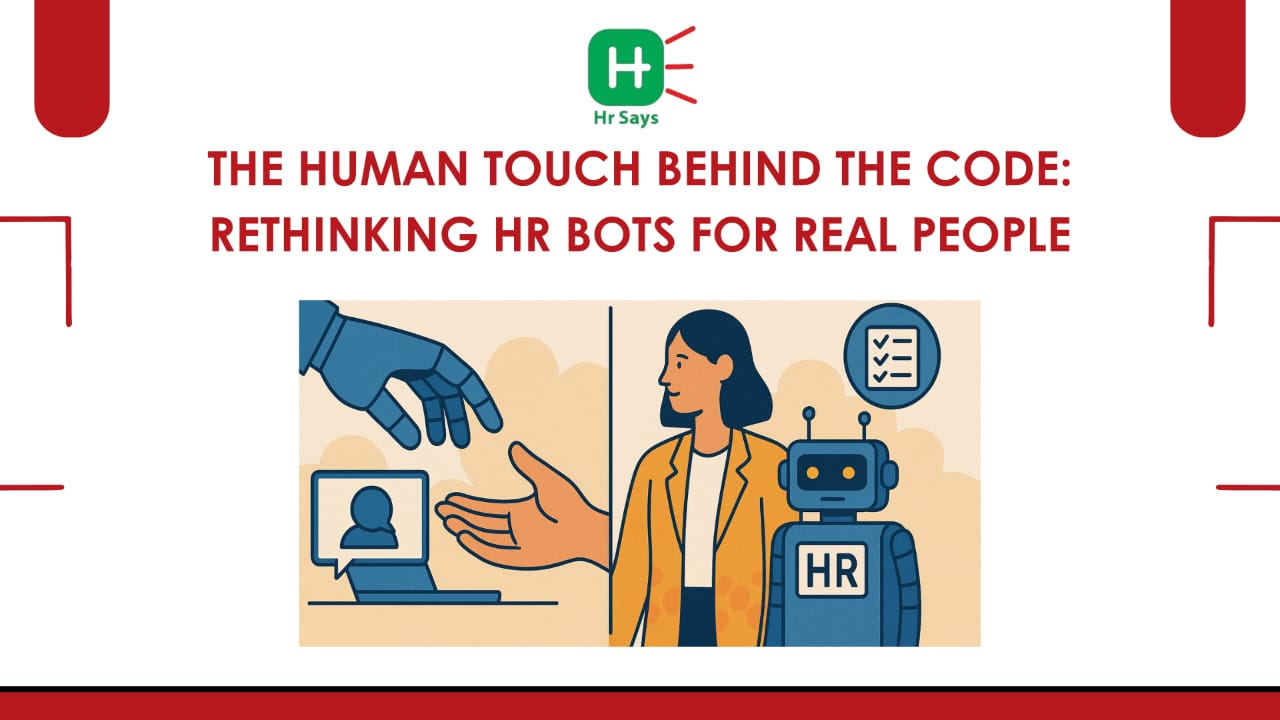
 Empathetic HR bots are reshaping workplace support. When designed with emotion, language, and inclusivity in mind, they become more than tools—they become trusted digital allies. This blog explores how to make HR automation truly human-centric.
Empathetic HR bots are reshaping workplace support. When designed with emotion, language, and inclusivity in mind, they become more than tools—they become trusted digital allies. This blog explores how to make HR automation truly human-centric.









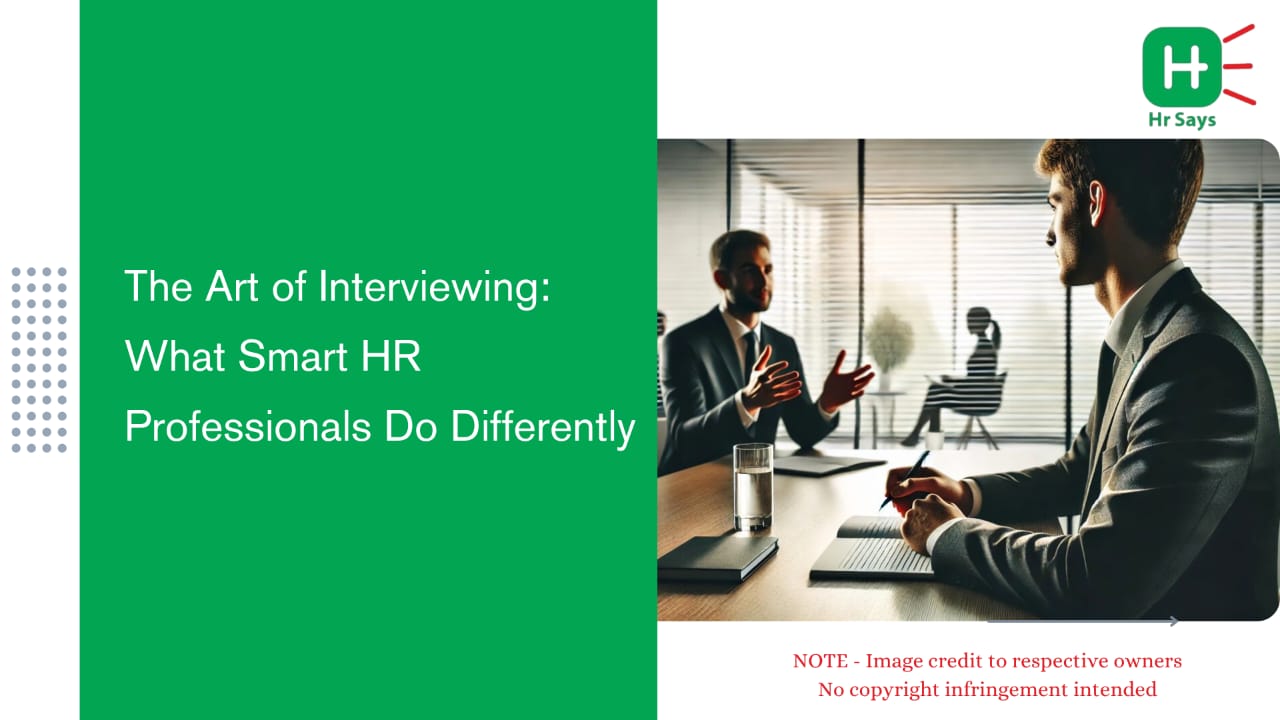

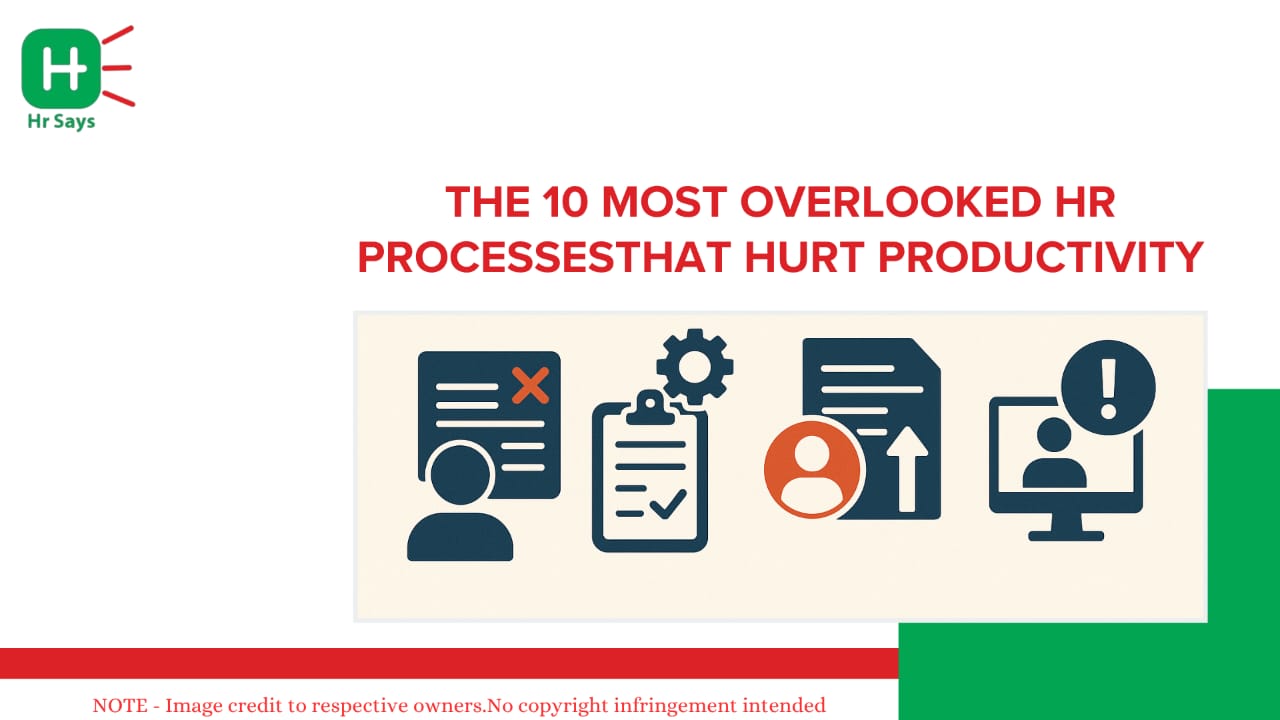
.jpeg)
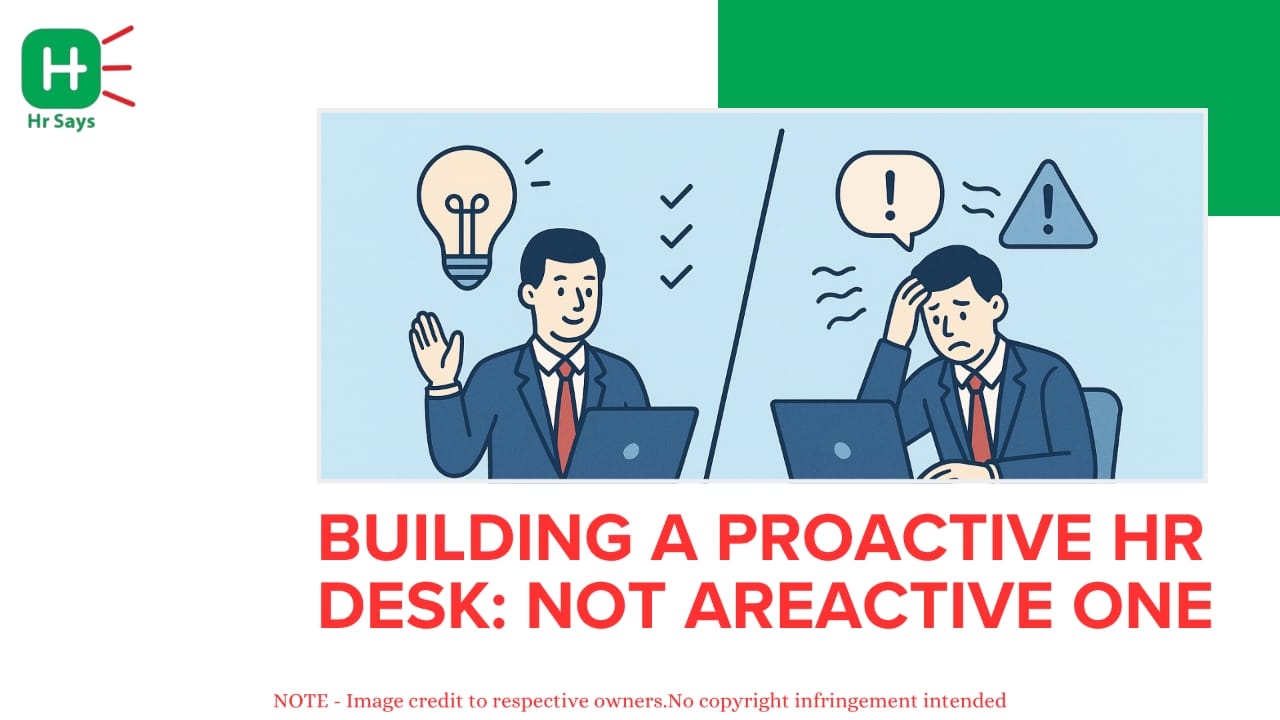
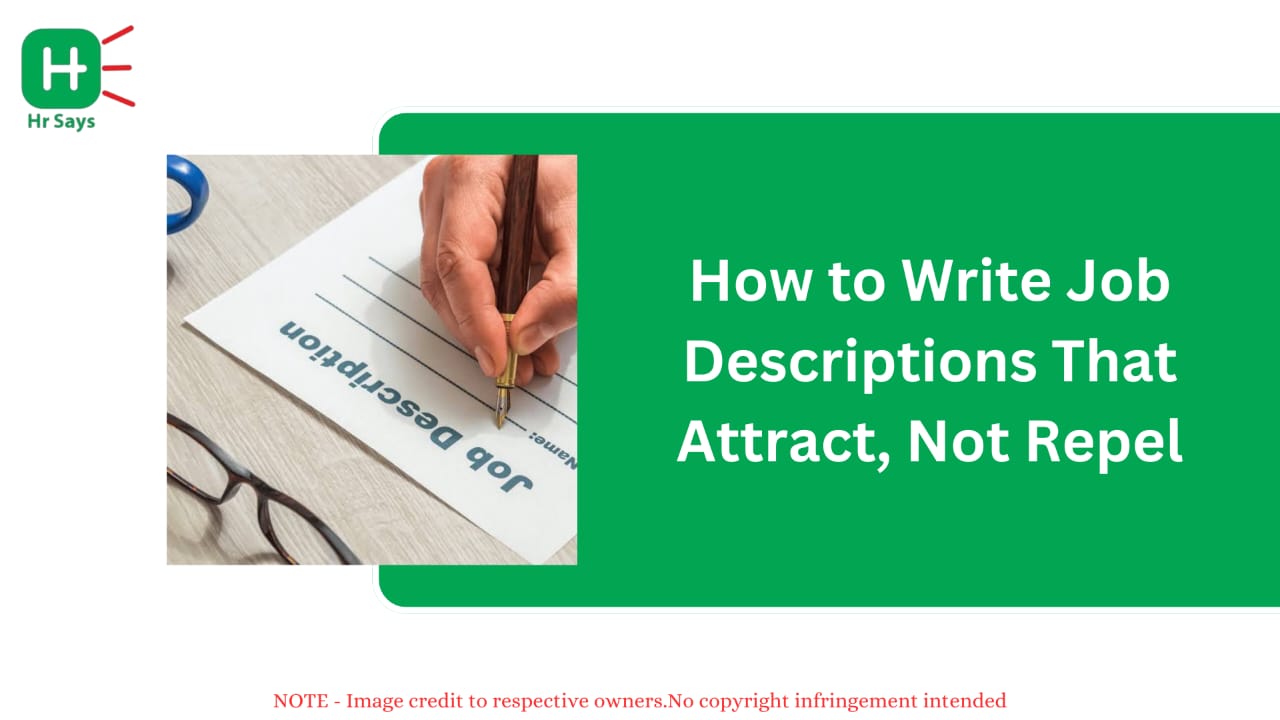
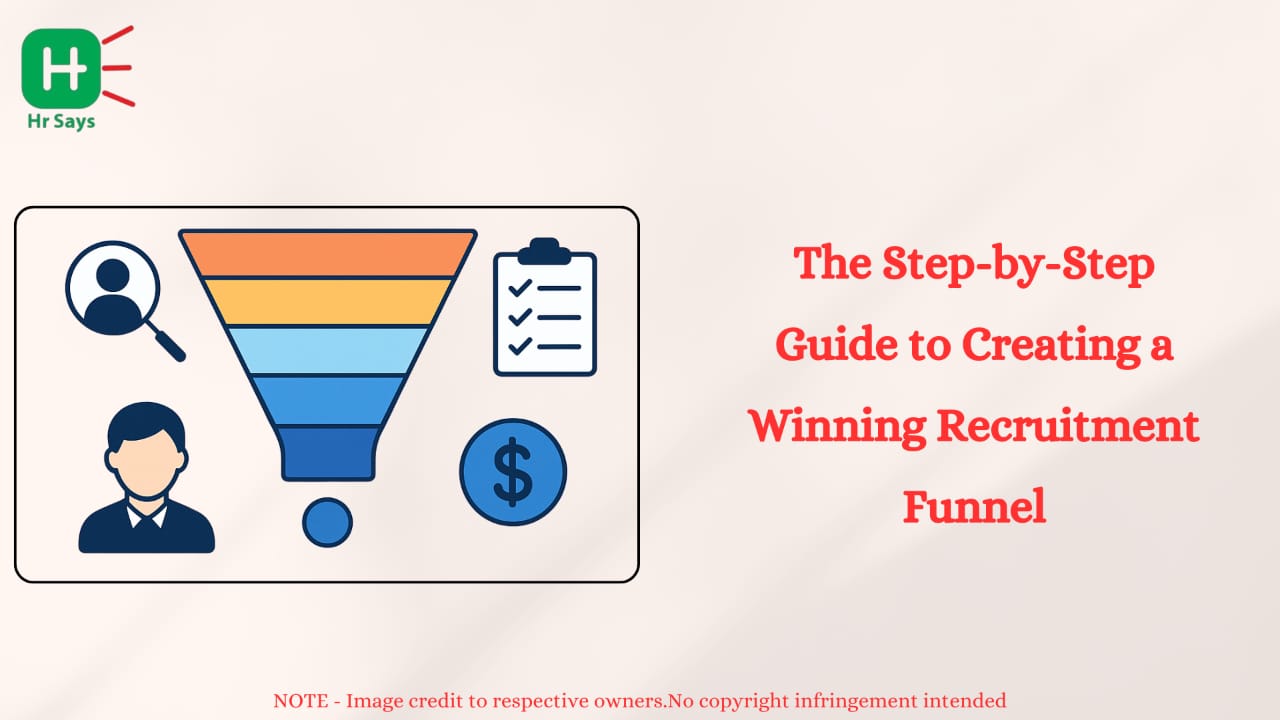
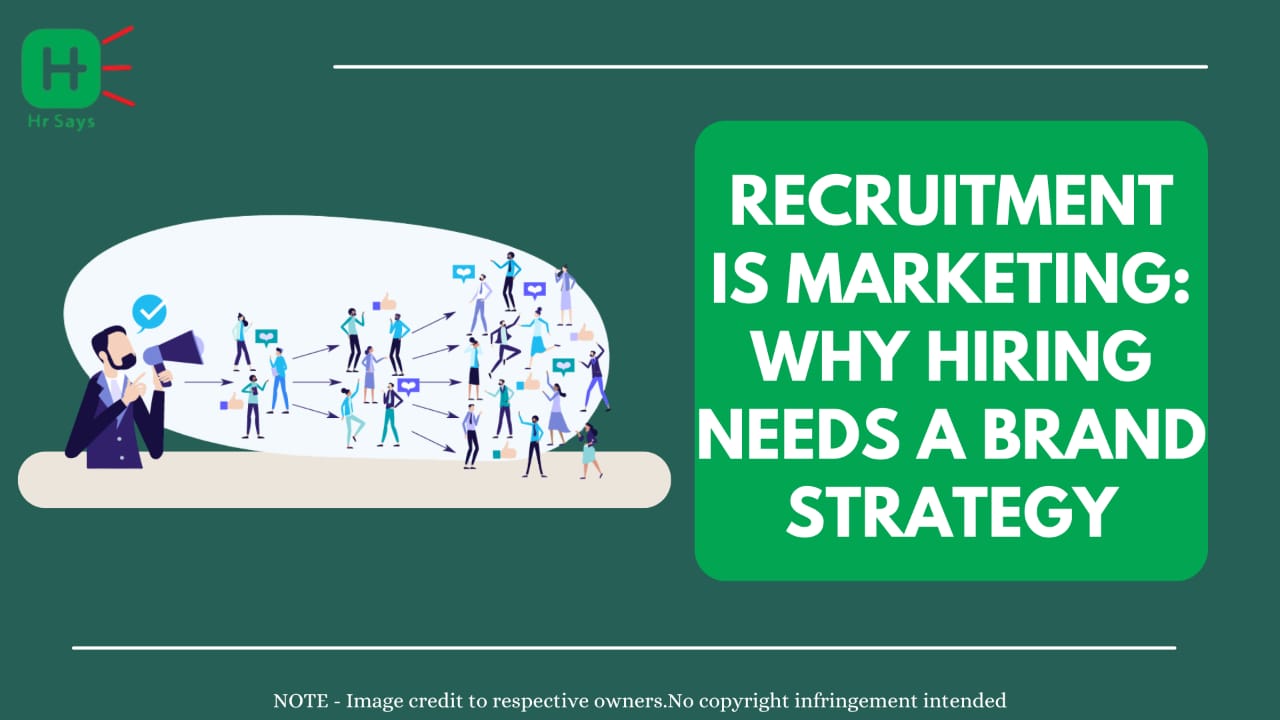
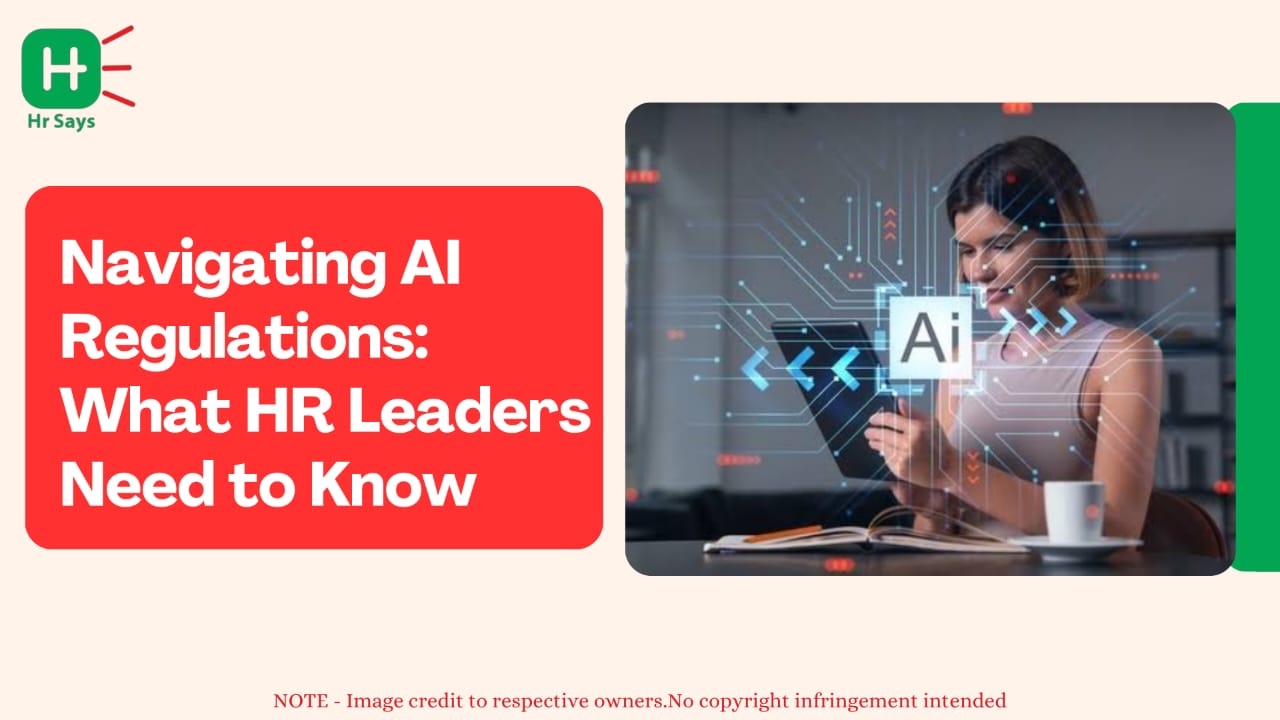
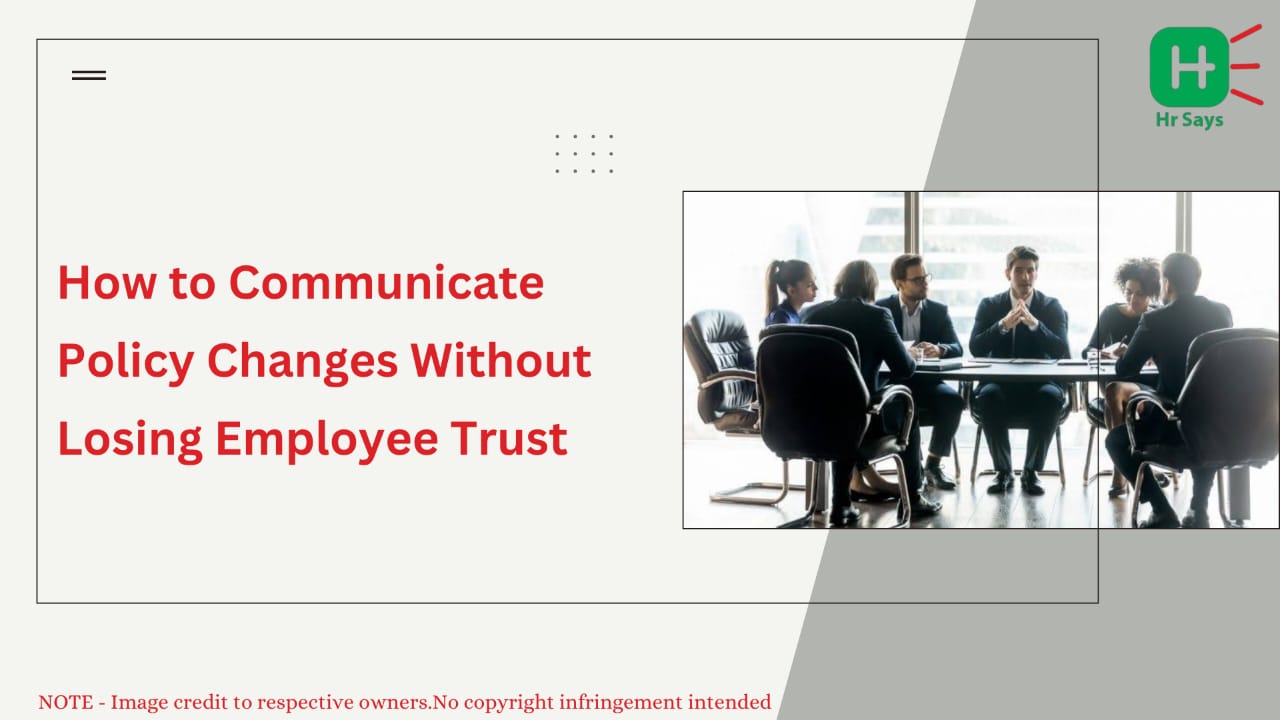
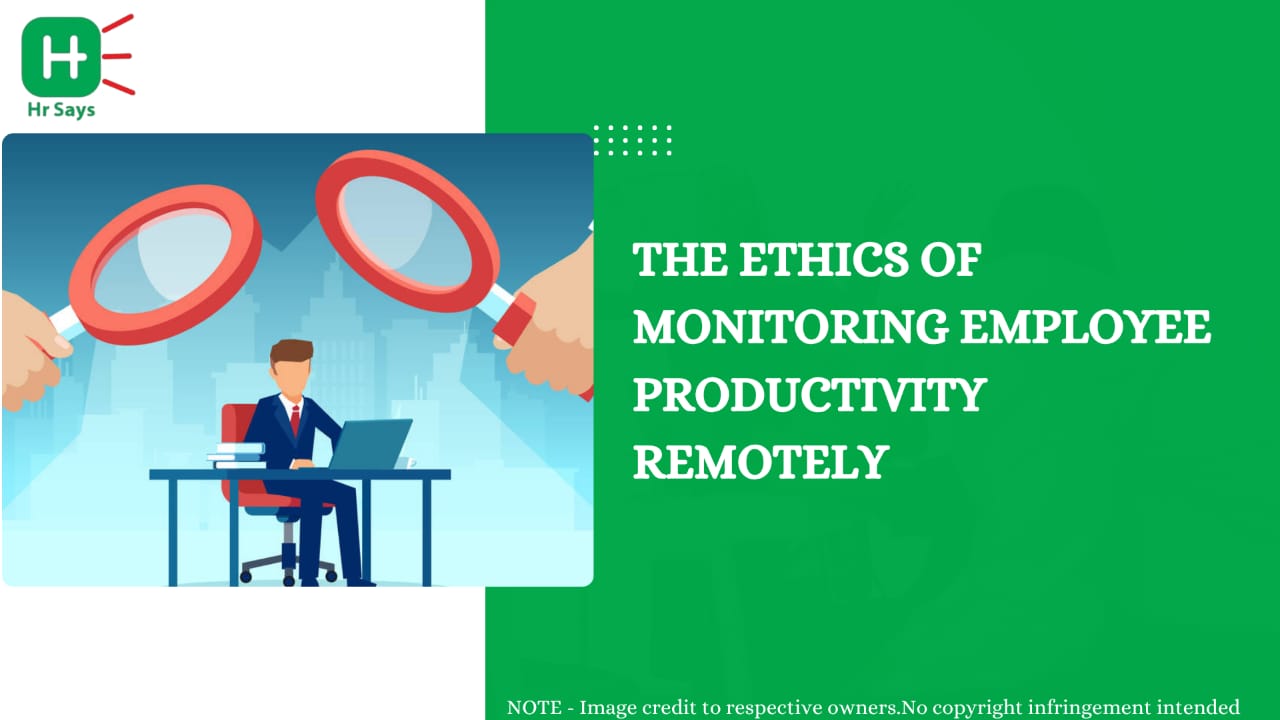

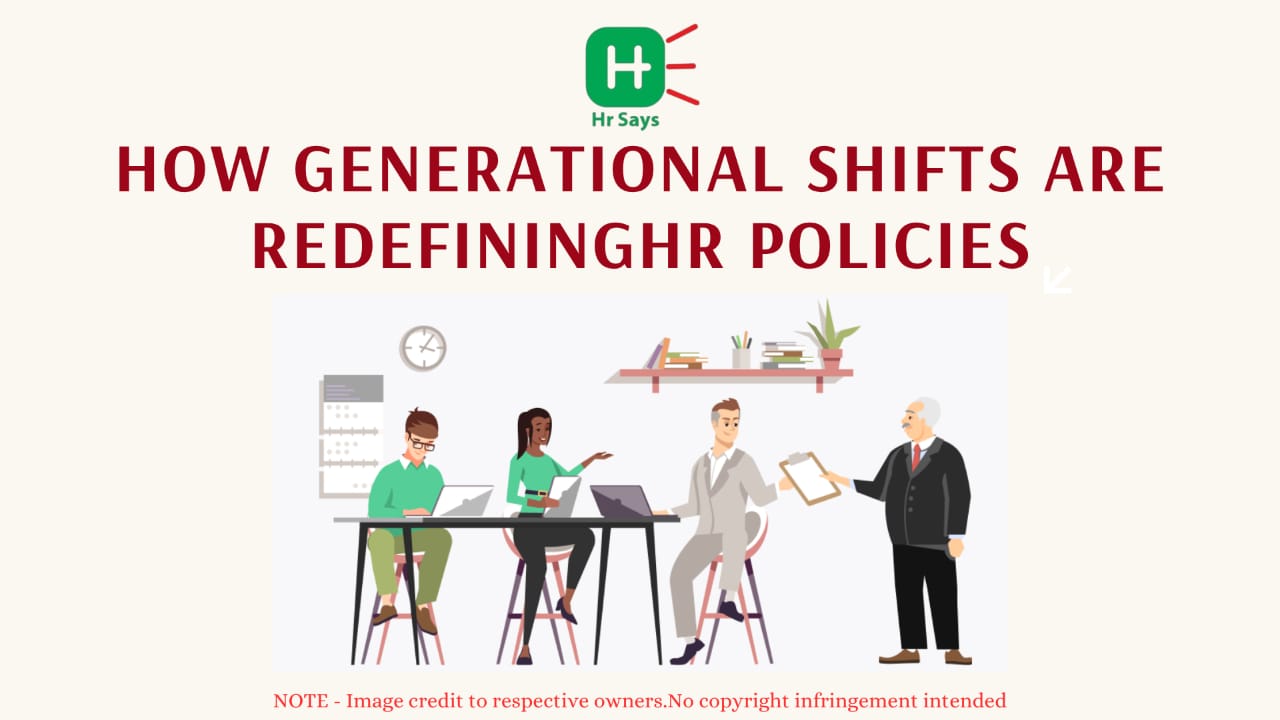
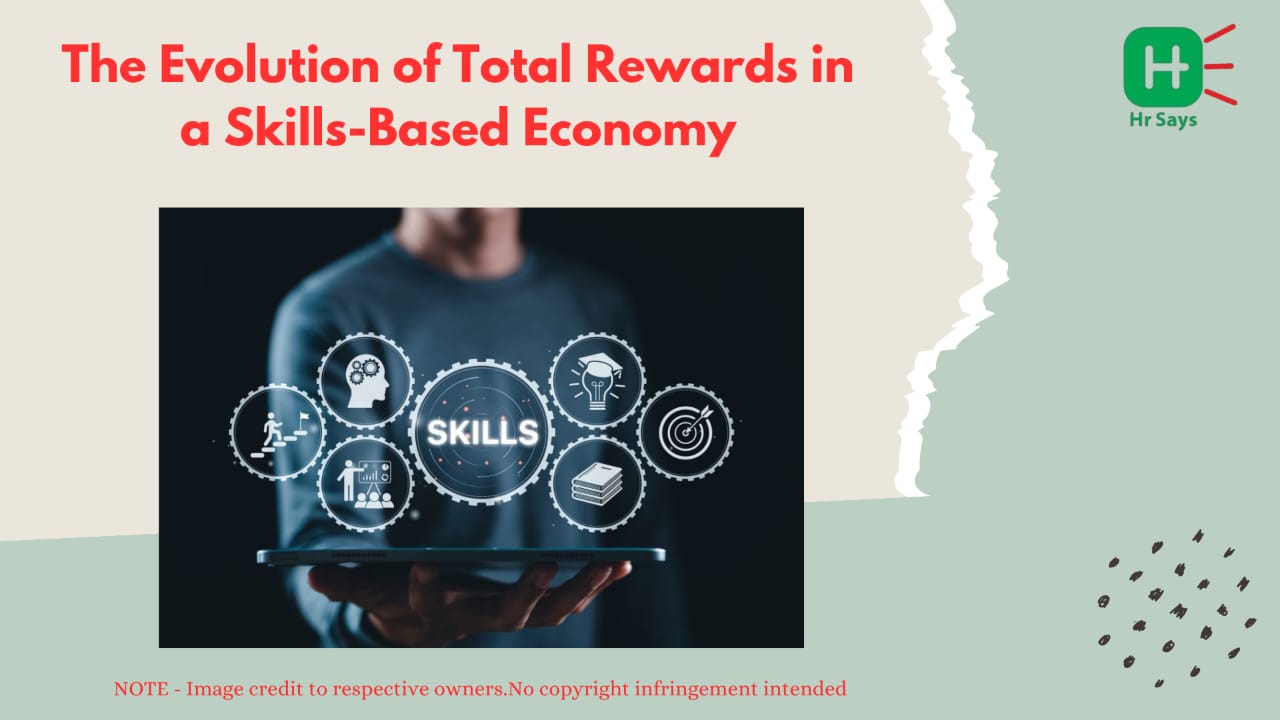
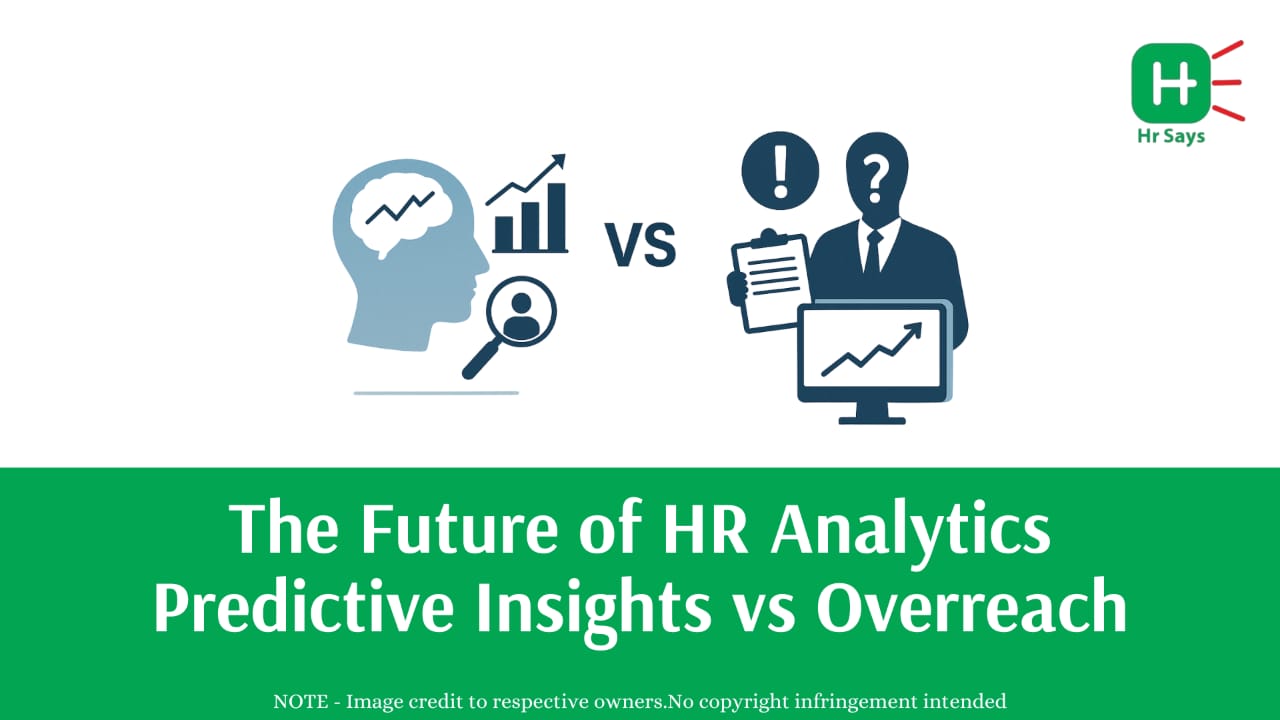
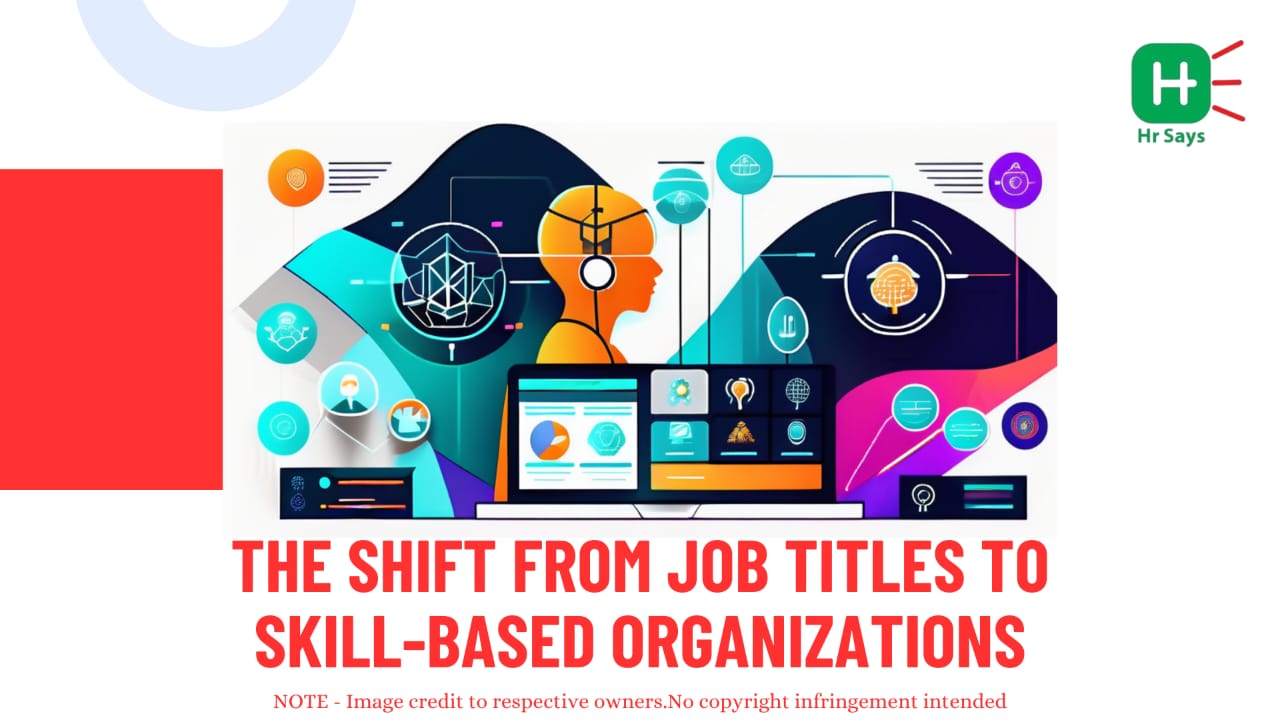
.jpeg)